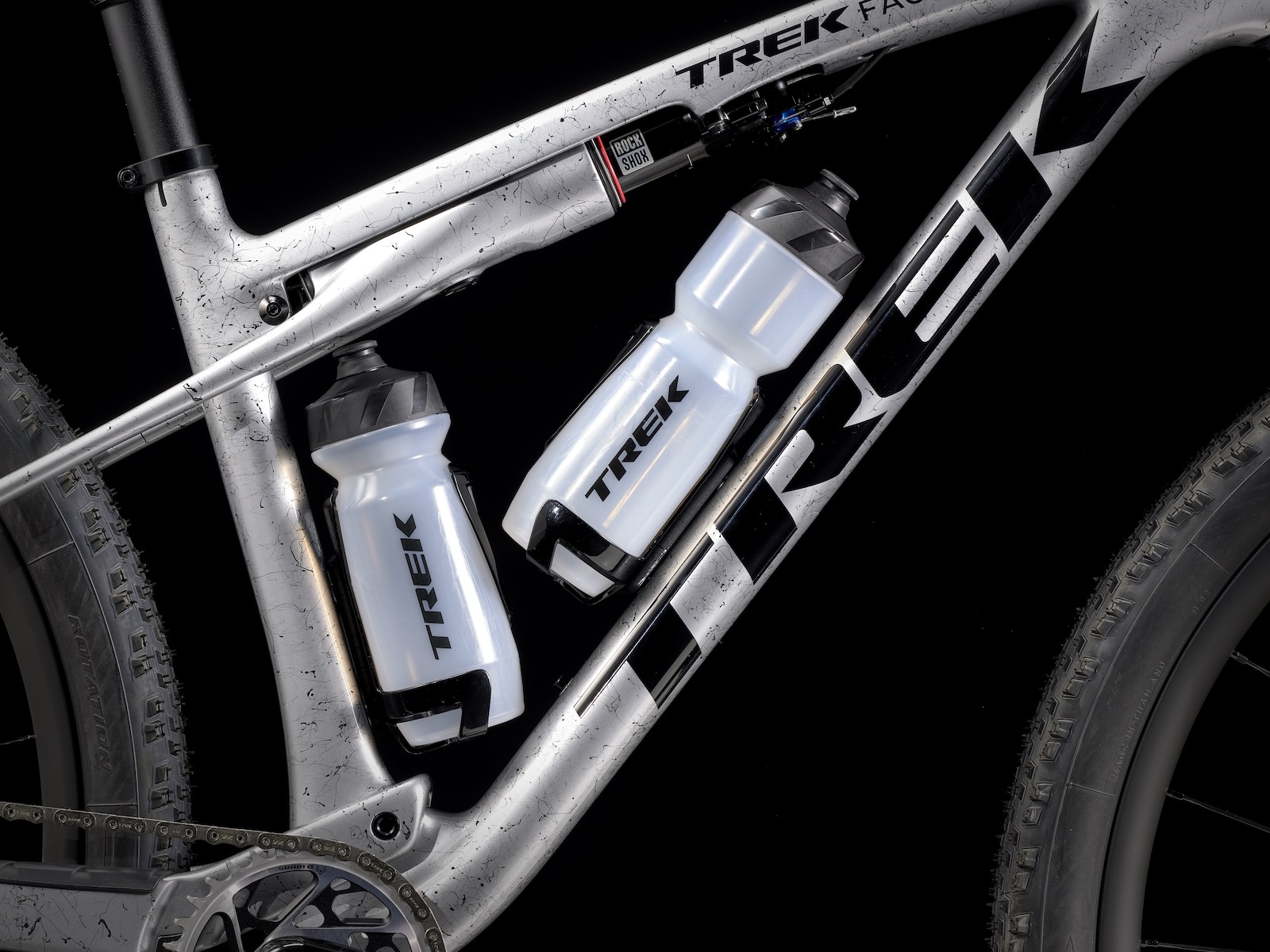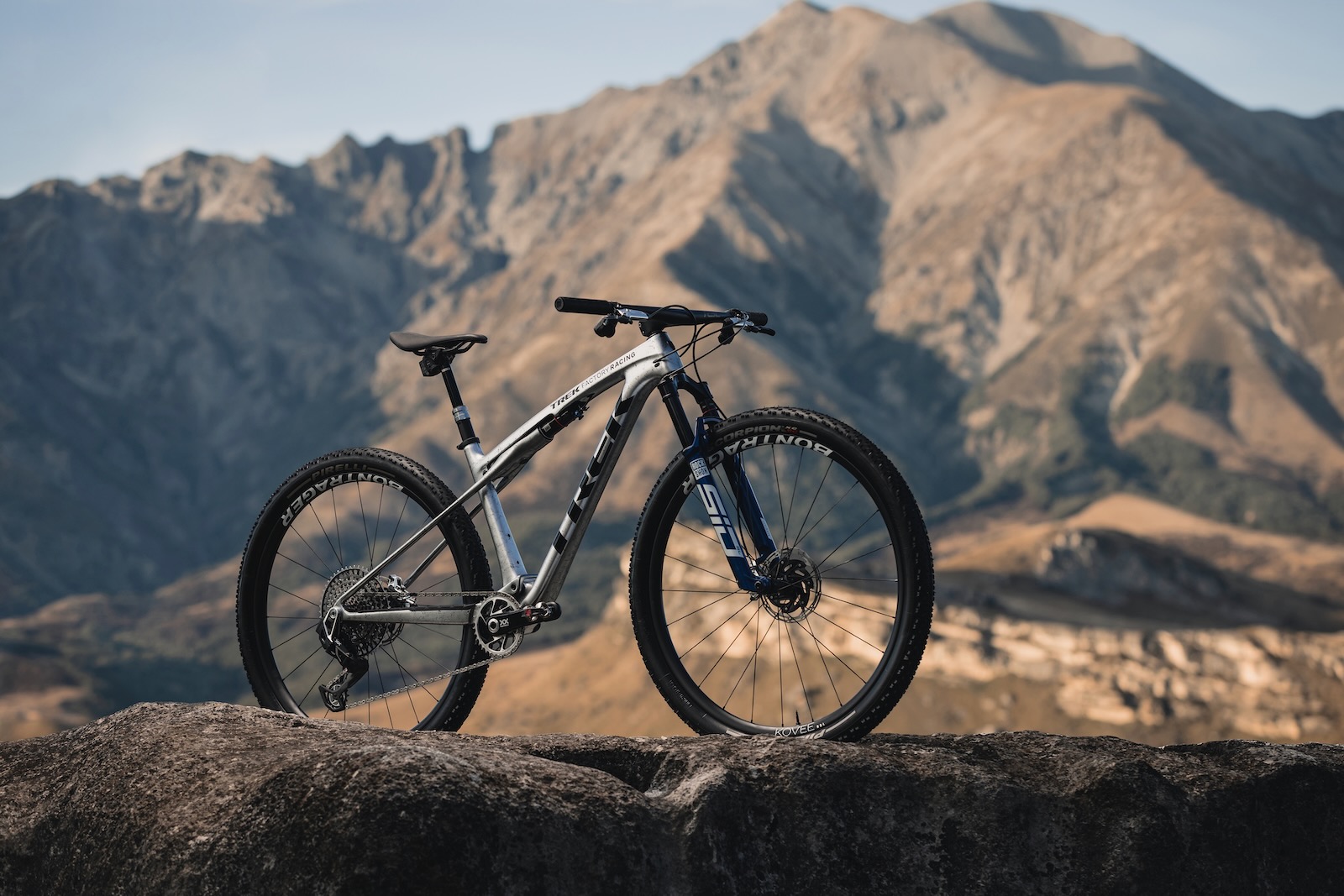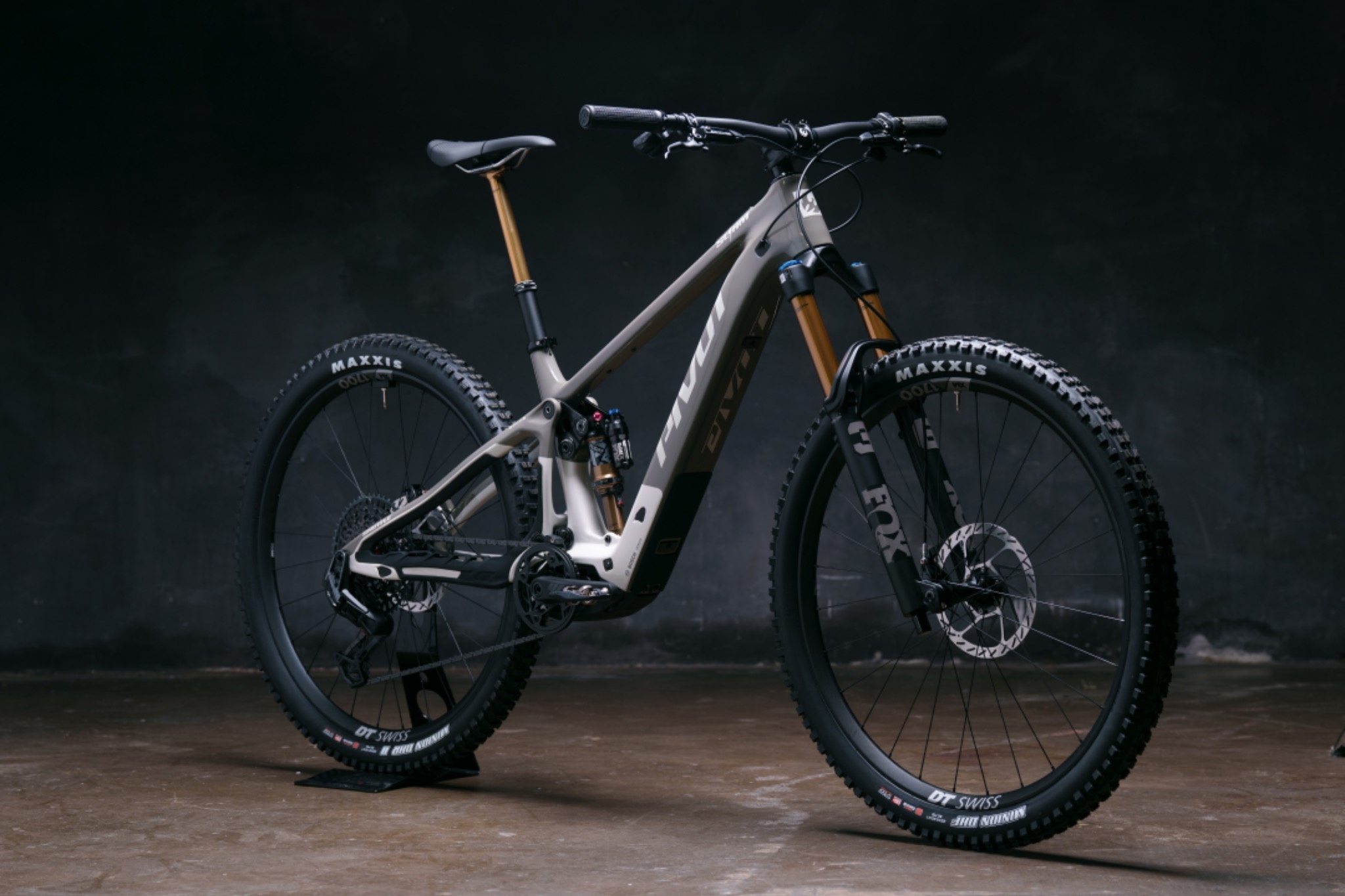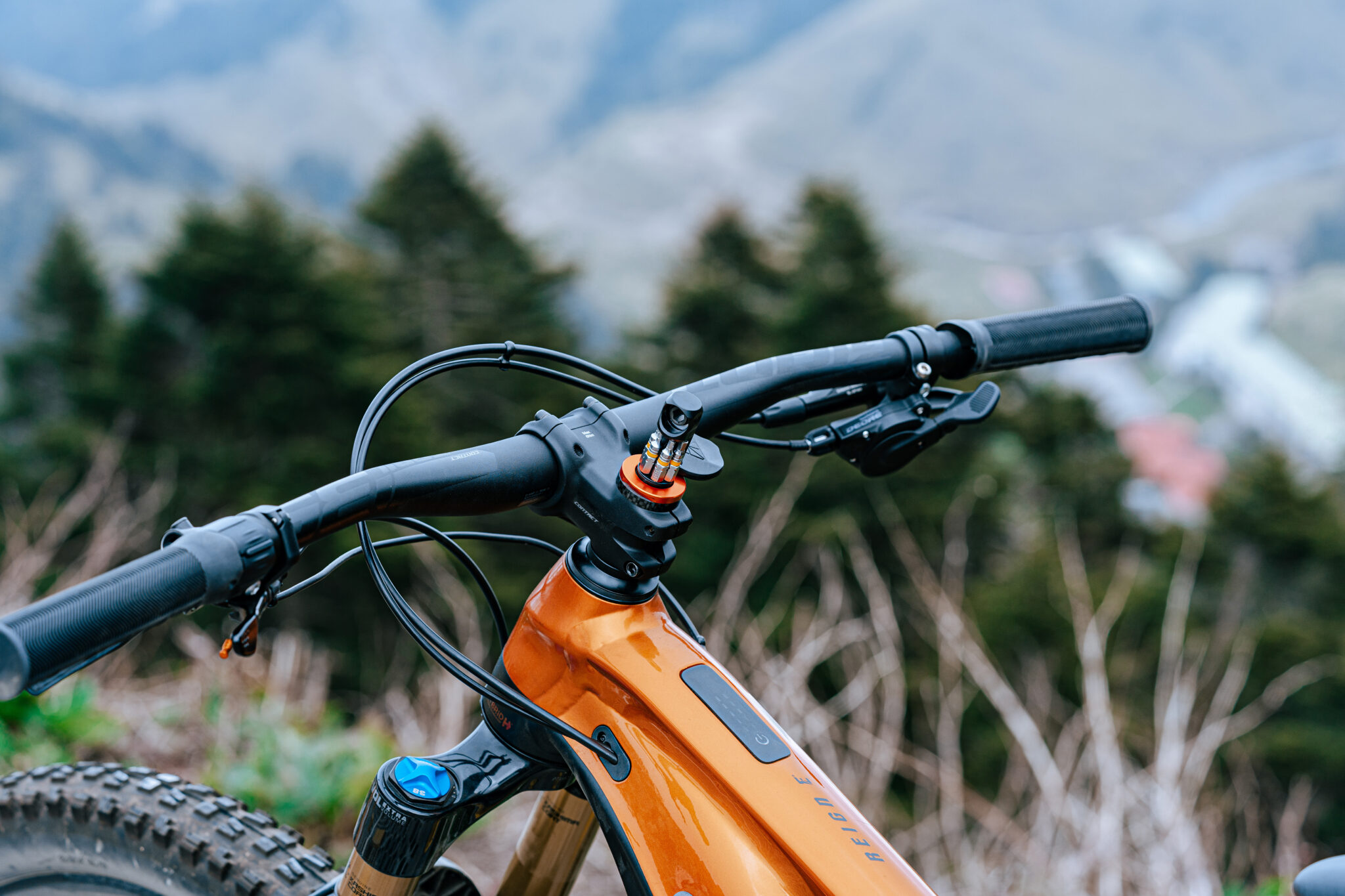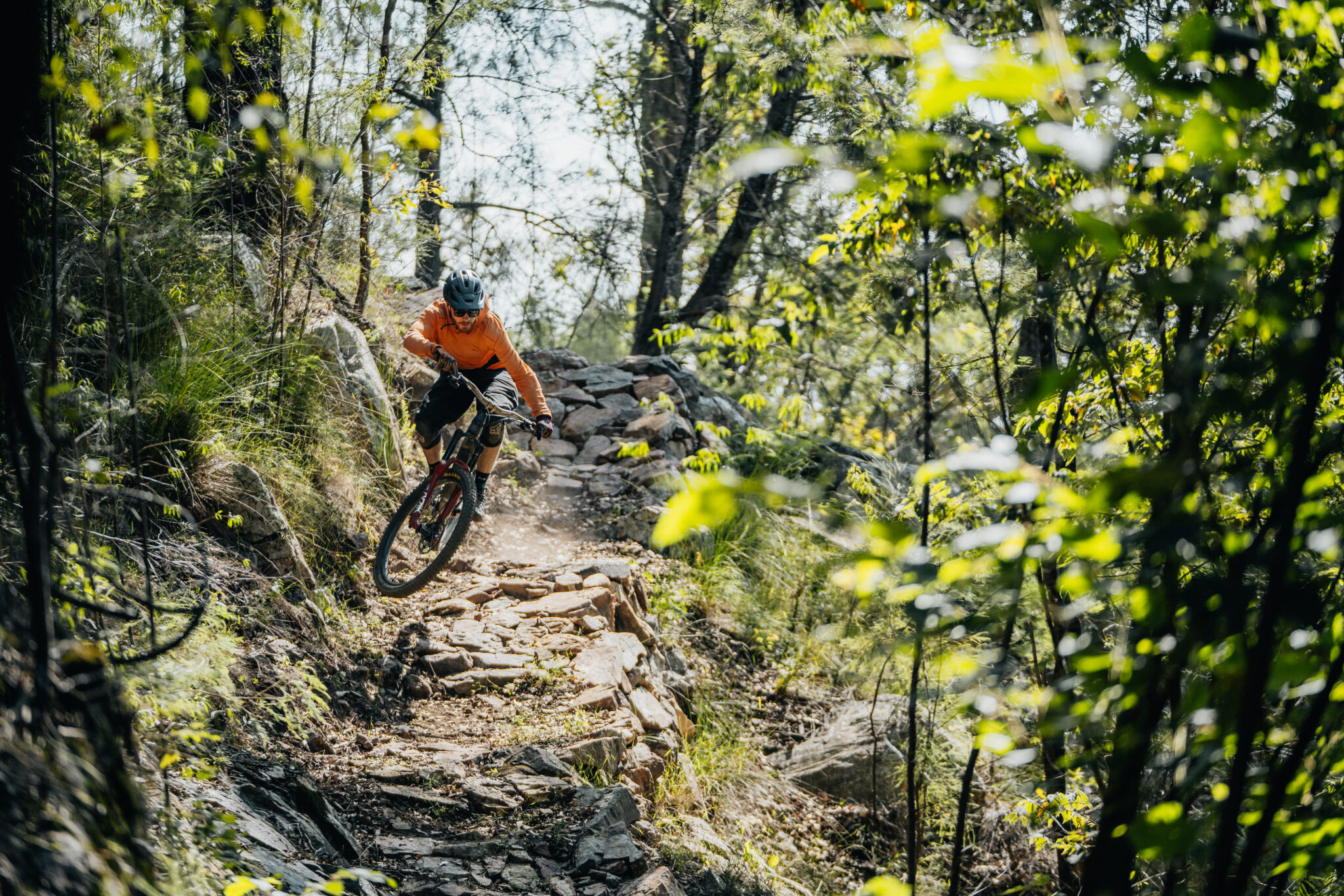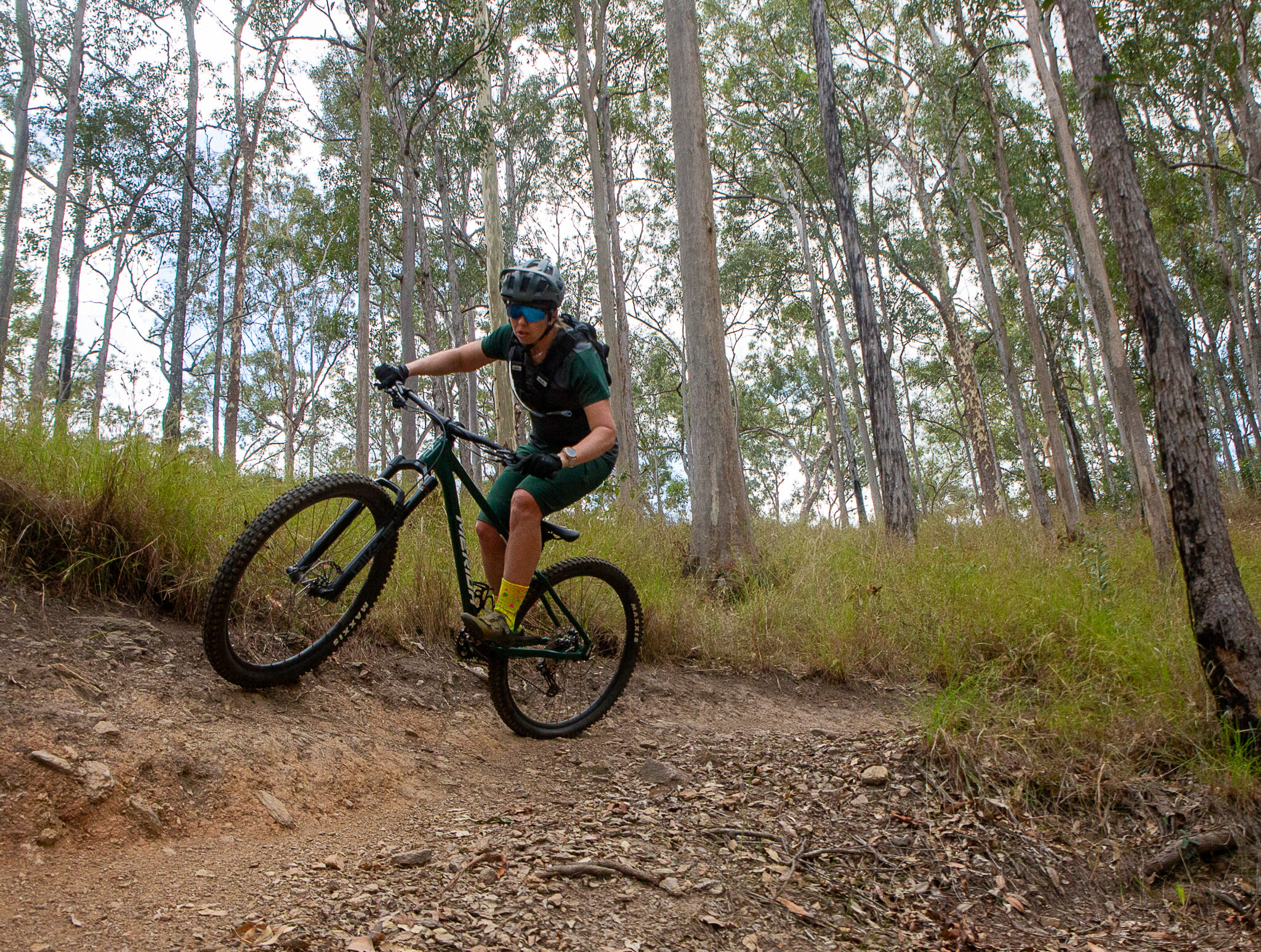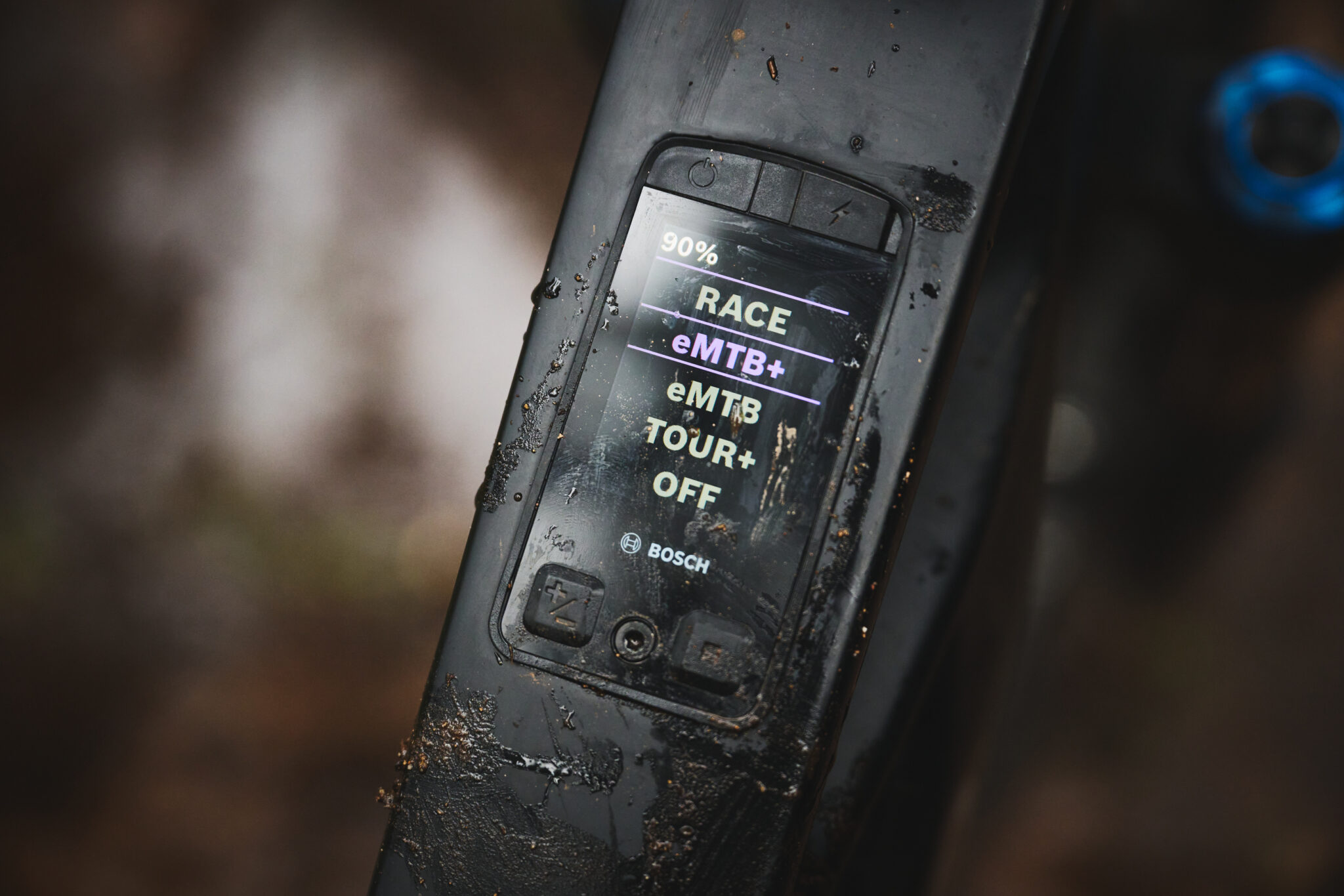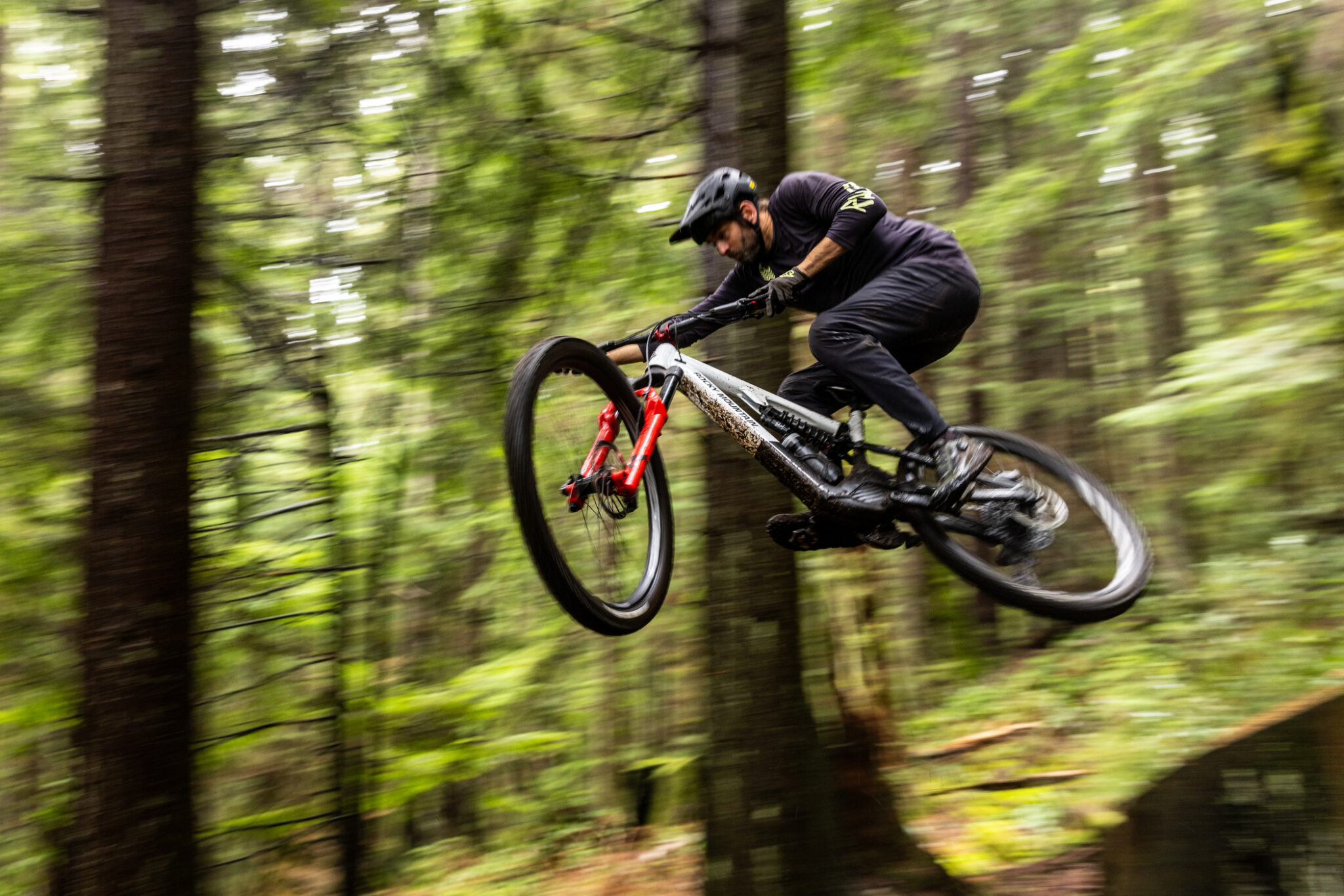The new Trek Supercaliber is set for cross-country domination
Trek introduced the Supercaliber to bridge the gap between hardtails and full-suspension bikes - and the 2nd generation does that even better.
You know we are moving towards an Olympic year when the big brands reveal their latest and greatest cross-country super bikes. Earlier this year Pinarello showed off the new Dogma XC that we can assume Tom Pidcock will pilot in Paris, so it's fitting that Trek now reveal the new Supercaliber that Tokyo 2020 women's gold medal winner Jolanda Neff will be racing. But with the new design and expansion of the Supercaliber range, you can be sure that this is a bike that will be seen on a lot more start lines than just the big one in Paris.
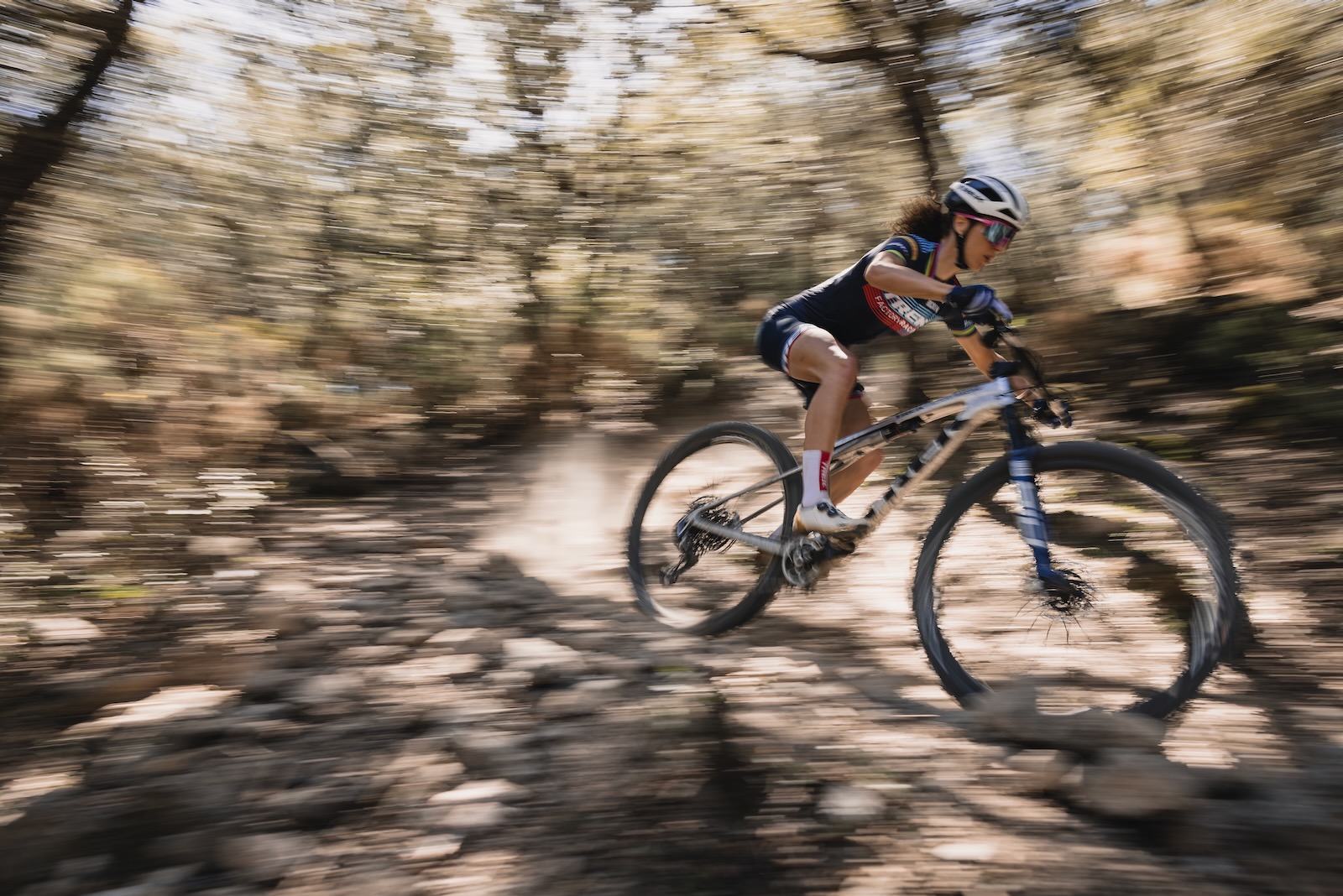
The Trek Supercaliber was first introduced in 2019 to marry the benefits of both a hardtail and full-suspension bike in one. The frame's stays flexed to provide 60mm of rear travel, actuating a shock that was embedded into the top tube. It was light, kept an open frame for two bottle cages for big training days, and removed pivot hardware and maintenance.
As Trek Factory Racing's Jolanda Neff said 'Since I raced it I didn't race on a hardtail anymore. The Supercaliber always was an advantage.'
For anyone who has watched the World Cup XCO coverage, or even the Tokyo 2020 Olympics, you will know that courses are evolving, putting ever greater demands on bikes and riders. There's no margin for error and any mistake in judgement is punished. As such, equipment needs to keep pace.
To that end, Trek went to work with the Supercaliber, making improvements for their team riders, team mechanics, and riders like you and I. The rear travel has bumped up to 80mm, while the bike is now designed around a 110mm fork, not 100mm. The head angle is slacker at 67.5 degrees and the reach has increased. The back end is also a little longer for greater stability and climbing traction, and the bottom bracket clearance is also increased.
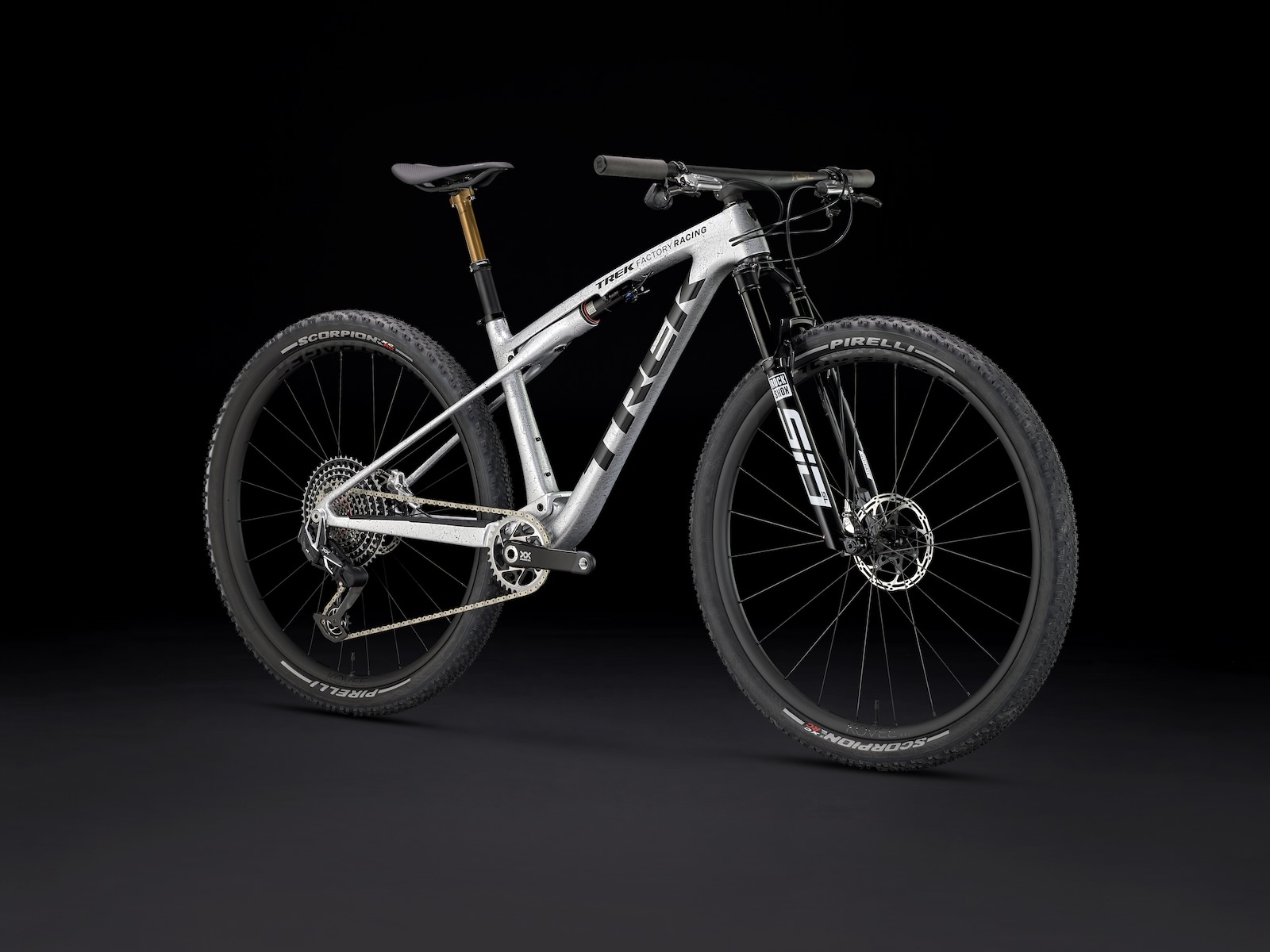
There are big changes to the IsoStrut shock, making it easier for changes by mechanics to the damping characteristics. The stroke is longer, there is more oil flow, and the etchings on the body help with the sag setup – perfect for those who don't have the support of a factory team.
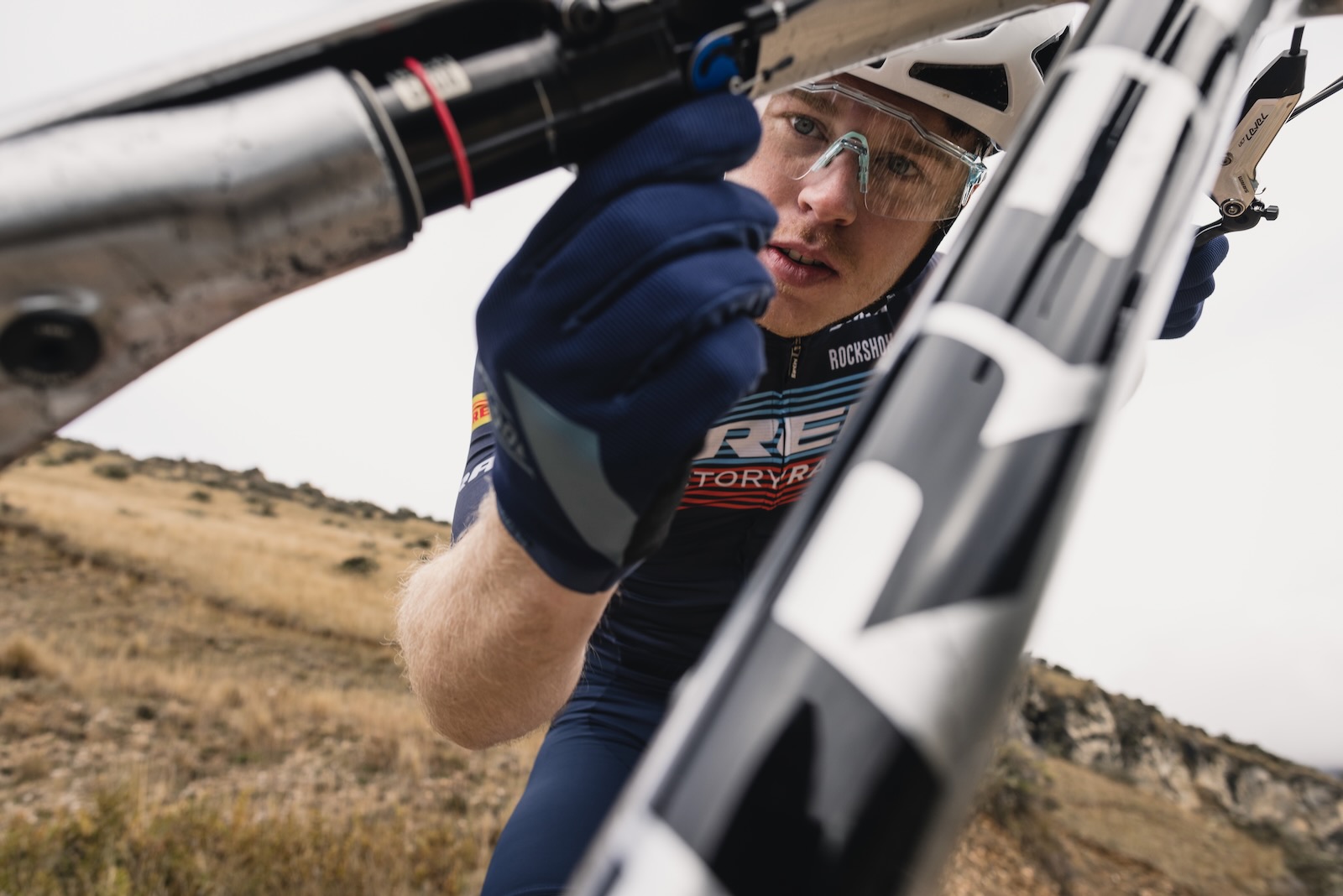
Best of all, there are two variants; the SLR and the SL. Like other model ranges from Trek, the SLR is the top dog range using lighter carbon and with more premium build kits. This frame is about 235g lighter than the current model.
The SL uses a different carbon lay up in the main triangle and also has guided tubes to make brake hoses or gear outer and the like easier to fit. The SL models use more alloy components to come in at lower pricing.
Overall, the Supercaliber range has expanded, become more capable, with more adaptability than before. Get more details from your local Trek dealer or the Trek website.
